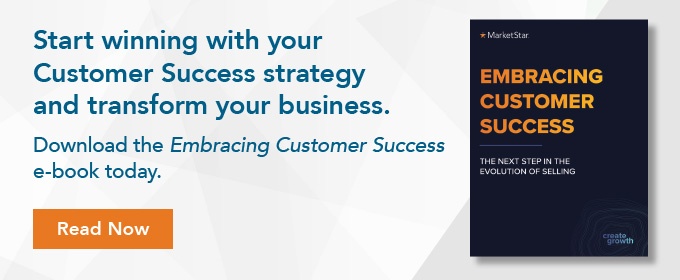Team Responsibilities
In addition to the different goals of the sales and Customer Success teams, the two teams’ key responsibilities will also differ.
Key Job Functions
Your sales team most likely spends most days on a few important tasks, including
- Lead nurturing
- Closing new contracts
- Prospecting for new leads
- Most other tasks that come before a contract is signed
A Customer Success team, on the other hand, is typically responsible for everything that comes after a finalized contract, including
- Customer onboarding, which includes educating customers about your products and how they should be incorporated into their operations
- Providing technical and product support
- Experience management
- Using a CRM system to gather and track key data on new and existing customers
- Gathering and analyzing customer feedback
- Revitalization and renewal of existing customers
- Identifying opportunities for revenue expansion through upselling and cross-selling
Interactions With Customers
A sales rep may work with a lead for weeks or even months before closing a sale, pulling in sales engineers as needed to provide more technical information on a product or service.
After the sale, the Customer Success team will interact with that customer for as long as they remain a customer. A Customer Success rep may also pull in the sales rep or sales engineers if an opportunity emerges for upselling or cross-selling. All of these roles are critical in making the customer feel valued.
Receiving the Handoff from Sales
Once the sales team has made the sale and ushered a prospect into the ranks of full customers, the Customer Success team will then take charge of the relationship. This transition period is a crucial juncture. The last thing you want a customer to feel is that they were sold a false promise that isn’t delivered. For that reason, this handoff needs to be a smooth process.
Customer Success is where the rubber meets the road. This is where relationships are cultivated, and expectations are further shaped and managed. When done right, Customer Success allows you to engage customers in the process and help them feel like the product or service is meeting their needs. Customer Success keeps the sale from being a one-time event and makes it a long-term relationship through renewals, retention, and success management.
Reactivating Existing Customers
Customer Success also plays a role in rekindling relationships with particular customers that may have gone silent. If an existing customer has fallen out of contact for a lengthy period, Customer Success can approach them to ensure that the product or service is still meeting their needs. Doing this shows the customer that you care about their needs and goals and can be a natural way to upsell and adjust.
Benefits of Customer Success
Customer Success offers a variety of potential benefits for sales organizations, including...
Improved Brand Perception
By working closely with customers to ensure successful onboarding and product adoption, Customer Success reps help customers have the best experience possible, which maximizes brand perception. This improves the odds that customers will become brand advocates. That’s an amazing position to be in because when your customers are invested enough in your offering that they willingly promote it to friends and colleagues, their loyalty and word-of-mouth marketing will bring you organic conversions from real-world recommendations.
Churn Reduction
Happier, better-adapted customers are less likely to leave your company for another vendor, significantly reducing costs. One McKinsey study found that leading software as a service (SaaS) vendors with top-quartile revenues attributed their success to implementing Customer Success teams to reduce churn. It’s no wonder why: It typically costs five times more to attract a new customer than it costs to keep a customer.
New Opportunities for Growth
By gaining intimate customer knowledge and insights, Customer Success teams can help identify new opportunities to provide helpful solutions and expand the value of each customer. It’s a strategy that has proved to work well: Research indicates that the probability of closing a sale with an existing customer is 60-70 percent, as opposed to 5-20 percent for a new prospect.
Improved Customer Insights
Working closely with customers over time gives Customer Success reps a unique opportunity to understand their business challenges and opportunities intimately. By tracking these and other key insights, your Customer Success team can help the company improve its product and service offerings, prepare for shifting customer demands, adjust its marketing approach, and more.
Getting Started
Insourcing Customer Success requires your organization to use only the resources and skills you currently have access to, resulting in your team stretching themselves thin, playing catch-up, and trying to compensate for expertise in a necessary task that is outside of the main value add Not every company can specialize in Customer Success out of the gate; it takes time, effort, and a considerable investment. That’s why many organizations are opting to outsource this important function to ensure a successful customer journey.
Customer Success is well-suited for outsourcing because it is focused on maintaining customer relationships, which can be readily handed off - either in part, or in full - to a team of highly trained professionals.
Outsourcing can save you time and money compared to building a team in-house. You can start and scale your Customer Success team quickly, leveraging and benefiting from the support and operational infrastructure already in place. Finally, outsourcing also enables you to benefit from the latest technology to gather analytics, track customer satisfaction, and inform sales about upselling and cross-selling opportunities.








